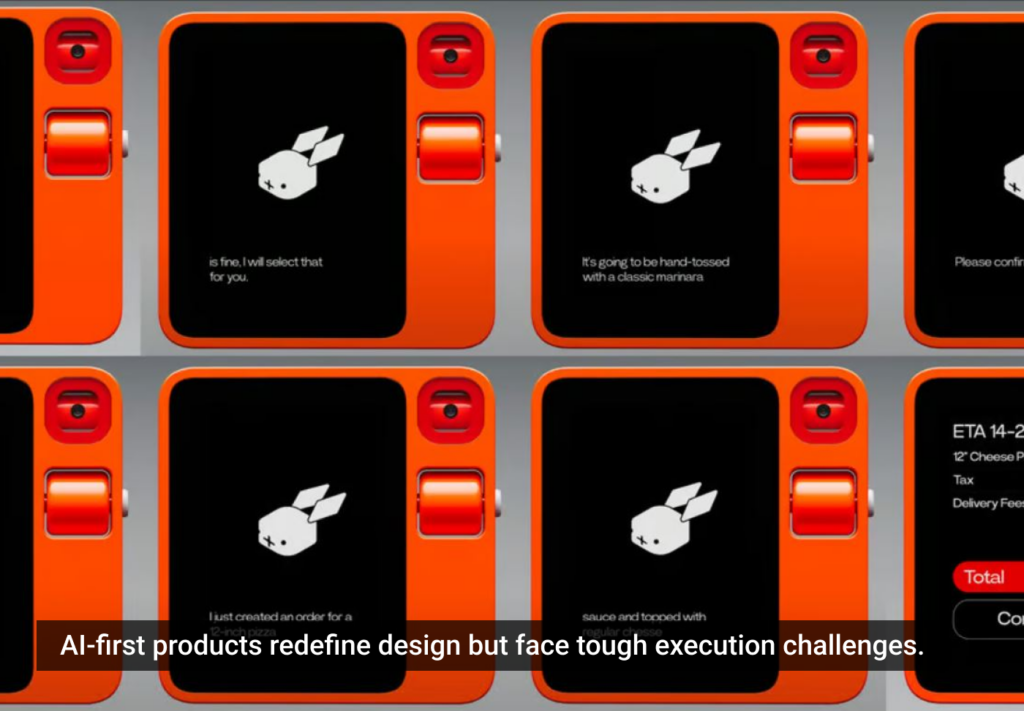Humans have spent a long time creating and improving upon technology that allows them to remove the human element from daily interactions. Purchasing, banking, grocery shopping, learning—name it, and it can be done without interacting with another person along the way.
This replacement of humans with software has, in many cases, brought about incredible convenience: Banking can be done 24/7, and people can buy nearly anything with the push of a button while sitting on their couches. But this automation is merely the beginning. For developers and UX designers, the true revolution will be when the humanity creeps back into computer interactions.
Don’t Turn Humans Into Data-Entry Robots
Today, most human-computer interactions are glorified data entry. A more critical view suggests that the commerce and retail giants of the digital age are getting free labor with every click, search, and checkout. They’re making a trade with customers; traditional retail roles are replaced with customers willing to take on data-entry jobs to avoid traffic and crowded stores.
Machines store and provide access to data through interfaces, which allow users to browse the inventory of a retailer, access bank accounts, or manipulate booking engines. These interfaces have continuously improved through design but are ultimately limited in where they can go.
To truly hit the next stage of human-computer interaction, machines need to analyze human behavior in real time and provide contextually aware suggestions. Machines need to be able to have a conversation.
Language is the human interface; it’s how people access and convey information most efficiently. A person can quickly communicate nuance and detail. He can pique interest through subtle vocal variations—people don’t use buttons or menus. For a truly natural interface, a machine should be able to parse the nuances of human language and respond accordingly.
Language is the human interface; it’s how people access and convey information most efficiently
But this isn’t a sci-fi pipe dream—the technology is already there. Thinking machines are increasingly commercially accessible and, thanks to technologies like IBM Bluemix, cognitive computing can exist in the cloud, meaning devices don’t need massive computing power to process natural language communication.
The humanized interaction is the next step in designing truly natural interfaces, and it’s just around the corner.
Why Is Humanized Computer Interaction Better?
One could argue that designers and developers have spent the better part of two decades trying to remove humans from daily exchanges. So why try to make the computer more human? There are benefits for both developers and consumers.
The benefits for consumers are that:
- People already understand it. Experience should be imagined as a part of life, integrated into human activity, and leveraging existing behaviors and mindsets. UX designers have spent years trying to make interfaces as natural and intuitive as possible. With a natural language interface, that job is already done.
- It saves time. Humanized experiences remove the burden of orienting, navigating systems, and understanding experiences. They’re dialogue-driven and needs-based. They may shave off only a few seconds here and there, but cumulatively, the time saved is significant.
Businesses, on the other hand, can expect these benefits:
- Customer expectations are maturing. Even in today’s UX environment, the winners tend to be those that can most closely mimic the anticipatory conversational experiences of human interactions. Apps that leverage Facebook to bypass lengthy signups are an example of today’s technology enabling tomorrow’s experiences and altering expectations. Removing the necessity of data entry in consumer interactions increases the likelihood that customers will choose that application, which is good for the consumer experience and the bottom line.
- It will be a huge boon to branding. The next generation of natural interfaces driven by emotionally empathetic thinking machines will become part of the invisible lexicon of brand experiences. It’s already happening with entities like Siri, Cortana, and even Amazon’s Echo (which also responds to a human name—Alexa). By humanizing technology, developers can create a bond between the user and the brand in an unprecedented fashion.
A world of humanized interactions is a world in which understanding the customer is easier and more important than ever. Brand preferences, shipping preferences, spending habits, behavioral patterns—all of these will contribute to a predictive experience that knows what consumers need before they know they need it.
The Invisible Experience
The humanized interactions of tomorrow will require little additional effort. For example, someone opens the refrigerator and realizes he’s out of milk. To save time, he opens AmazonFresh, Peapod, or Google Express. Then, he searches for milk on the app. He chooses between brands and types, adds it to his cart, confirms his address, and selects his payment (or inputs it if it isn’t on file). Finally, he submits his order.
The humanized approach: He simply says, “I need whole milk.”
That simple statement is translated automatically into the interaction above. This is the experience that will persist. This is where we should invest our creative technology and design dollars.
The interactions of tomorrow will work by understanding intent without requiring additional effort on the user’s part. The UX of the future will be one that truly gets out of the way. These invisible interfaces that use language and humanization will make technology easier to navigate until it truly becomes second nature.
Image of smile courtesy Shutterstock.







